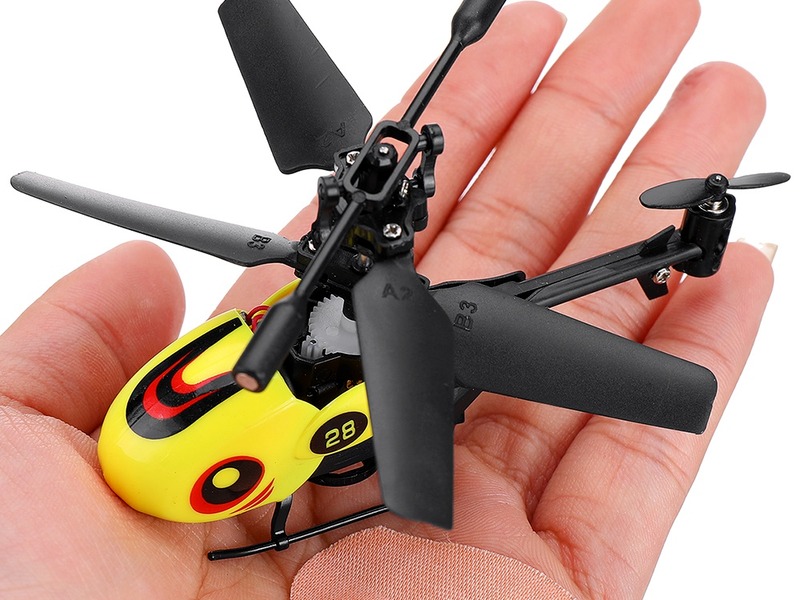Why can`t helicopters go far from land?

Helicopters are designed to fly close to the ground and are limited in their range due to a variety of factors. The most significant of these is their relatively low maximum speed, which limits their ability to cover long distances. Additionally, helicopters are more affected by wind than other aircraft, and their range is further limited by the need to stay within the pilot's visual line of sight.
The primary reason helicopters cannot travel far from land is their relatively low maximum speed. The best helicopter speed record is held by a modified Sikorsky S-97 Raider, which achieved a maximum speed of 255 mph in 2019. This is significantly slower than the fastest fixed-wing aircraft, which can exceed 600 mph. The slower speed of helicopters means that they have a much shorter range than other aircraft.
Helicopters are also more affected by wind than other aircraft. Wind affects the speed and direction of helicopters, which can make it difficult to maintain a steady course. This makes it harder to cover long distances, as the pilot needs to constantly adjust their course and speed to account for the wind.
Finally, helicopters must stay within the pilot's visual line of sight. This means that they cannot fly too far away from land, as the pilot needs to be able to see where they are going. This limits the range of helicopters, as they cannot fly too far away from the pilot's point of view.
In summary, the primary reason helicopters cannot travel far from land is their relatively low maximum speed. Additionally, they are more affected by wind than other aircraft, and they must stay within the pilot's visual line of sight. These factors all limit the range of helicopters, making it difficult for them to cover long distances.
Comments / Question
2. More fuel-efficient engines
3. Improved aerodynamic designs
4. Lighter weight composite materials
5. Advanced autopilot systems
6. Active vibration control
7. Improved battery technology
8. Increased use of electric power
9. On-board range extenders, such as fuel cells
10. Lightweight fuel tanks
11. Improved airframe design
12. Digital flight control systems
13. GPS navigation systems
2. The payload capacity of the helicopter and the weight of the items being carried should be taken into account to ensure that the aircraft can safely carry the items over the intended range.
3. The fuel capacity and the rate of fuel consumption should be taken into account to ensure the aircraft will have enough fuel to make the flight.
4. The terrain of the flight path should be taken into account to ensure the aircraft will have enough room to maneuver.
5. The rotor blades should be checked to ensure they are in good condition and not in danger of breaking due to stress or fatigue during the flight.
6. All other aircraft systems should be checked to ensure they are in good working order. This includes the engine, hydraulics, electronics, and other components that could pose a risk if they fail during the flight.
2. Wind: Strong crosswinds can reduce the effective lift generated by the rotor blades, causing the helicopter to drift off course and reducing range.
3. Altitude: The higher the altitude, the less dense the air, which reduces the lift generated by the rotor blades and requires more power to maintain flight.
4. Humidity: High humidity can affect the performance of the engine, reducing the amount of power available for flight and reducing range.
5. Air quality: Poor air quality can reduce the efficiency of the engine, reducing the amount of power available for flight and reducing range.
2. Mechanical Limitations: Helicopters can only operate within a certain range of airspeed, altitude, and wind conditions. These mechanical limitations limit the range of helicopters.
3. Weather Conditions: Inclement weather can reduce visibility and create turbulence, making it difficult for helicopters to fly safely.
4. Regulations: There are a variety of regulations that restrict how high and how far helicopters can fly. These regulations limit the range of helicopters.
5. Pilot Skill: The pilot's skill and experience level can also affect the range of a helicopter. Inexperienced pilots may struggle to fly in more challenging weather or terrain and thus limit their range.

